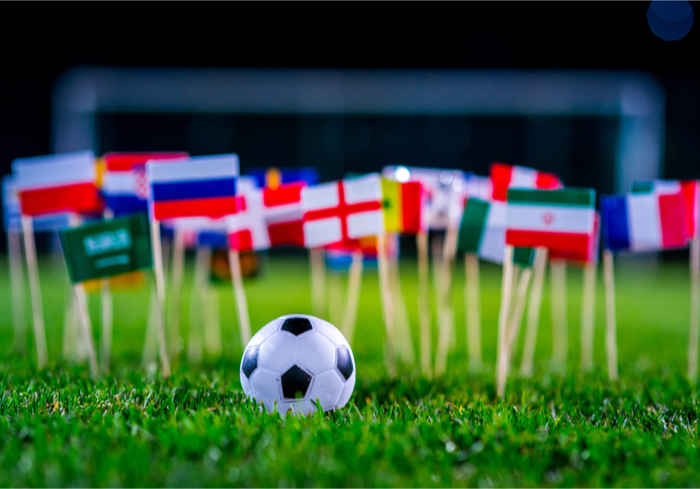
Soccer is a contact sport, but fans are using contactless payments at one of the sport’s most famous events: Approximately 17 percent of purchases with Visa in the World Cup’s 11 Russian host cities, for example, used contactless payment technology with devices such as smartphones, bracelets and rings. However, the share of contactless payments inside the stadiums hit 54 percent — made by fans from Russia and other countries.
“Many of the international visitors attending this summer’s tournament have never been to Russia before,” said Visa’s Russia Country Manager Ekaterina Petelina in a statement. “We’re excited to be providing them with the ultimate tournament experience, powered by the speed and ease of Visa’s digital payments, which are increasingly happening on contactless cards, devices and wearables.”
In terms of FIFA venues, Luzhniki Stadium led all sites for total number of payment transactions, where fans spent 139 million rubles ($2.2 million). Russian citizens and international visitors spent about the same within the stadiums. Russian citizens were responsible for 68 million rubles ($1.1 million) in purchases, while non-Russian citizens were responsible for 71 million rubles ($1.12 million) in spending. Russian fans, though, made twice the amount of transactions for food and drinks compared to fans who were not from Russia. Yet, the non-Russians spent more, on average, per transaction. The average per-transaction amount for non-Russian attendees was 1.5 times higher than Russian purchases in those categories.
Within the host cities, Moscow saw the highest amount of tourist spending: The country’s capital saw 1.7 billion rubles — or $26.9 million — of purchases. And St. Petersburg saw 506 million rubles ($8 million), Sochi saw 104 million rubles ($1.6 million), Kazan saw 71 million rubles ($1.1 million) and Ekaterinburg saw 48 million rubles ($760,800).
In addition, Visa cardholders spent an average 3,575 rubles — or about $57 — per transaction across the 11 host cities. Fans from the U.S. took the lead in spending, followed by those from China and Mexico. In terms of product categories, luxury goods saw the highest average individual purchases at 23,000 rubles ($364.55). That category was followed by lodging at 15,000 rubles ($237.75) and fashion at 8,000 rubles ($126.86).
Beyond the World Cup, Visa CEO Alfred Kelly said at a conference in May that his company continues to make progress with its efforts in contactless payments, saying that, beyond the lack of progress in the United States, “we’ve seen really good progress around the world.” He noted that, a year ago, one out of every eight global transactions processed by the company was contactless, moving up to one in five last quarter.